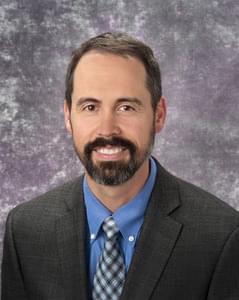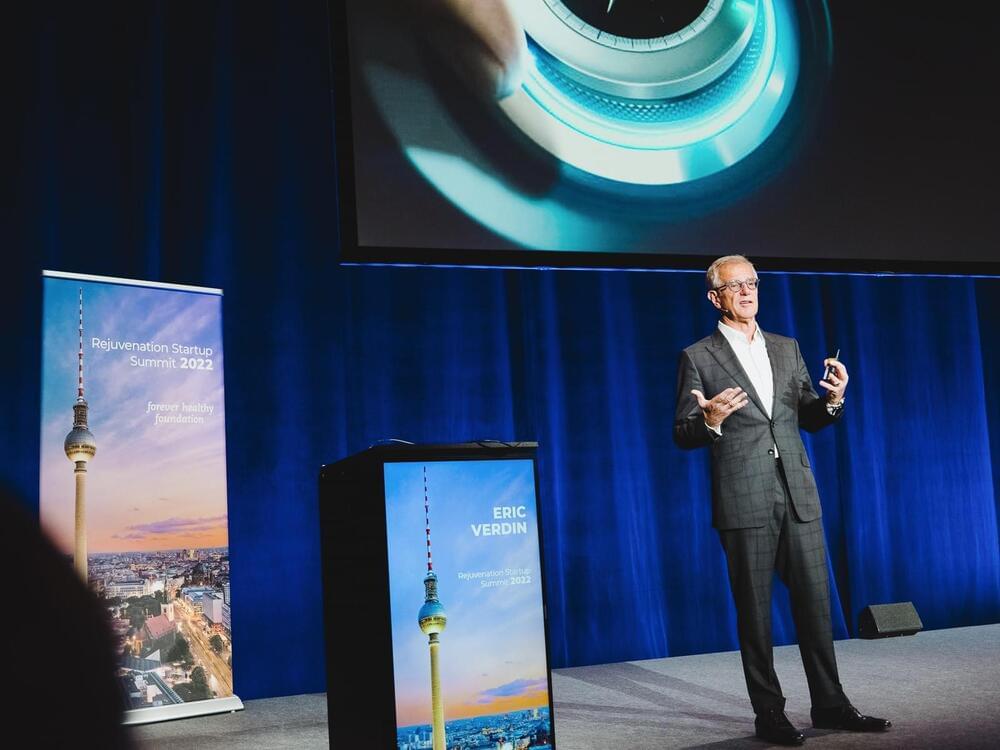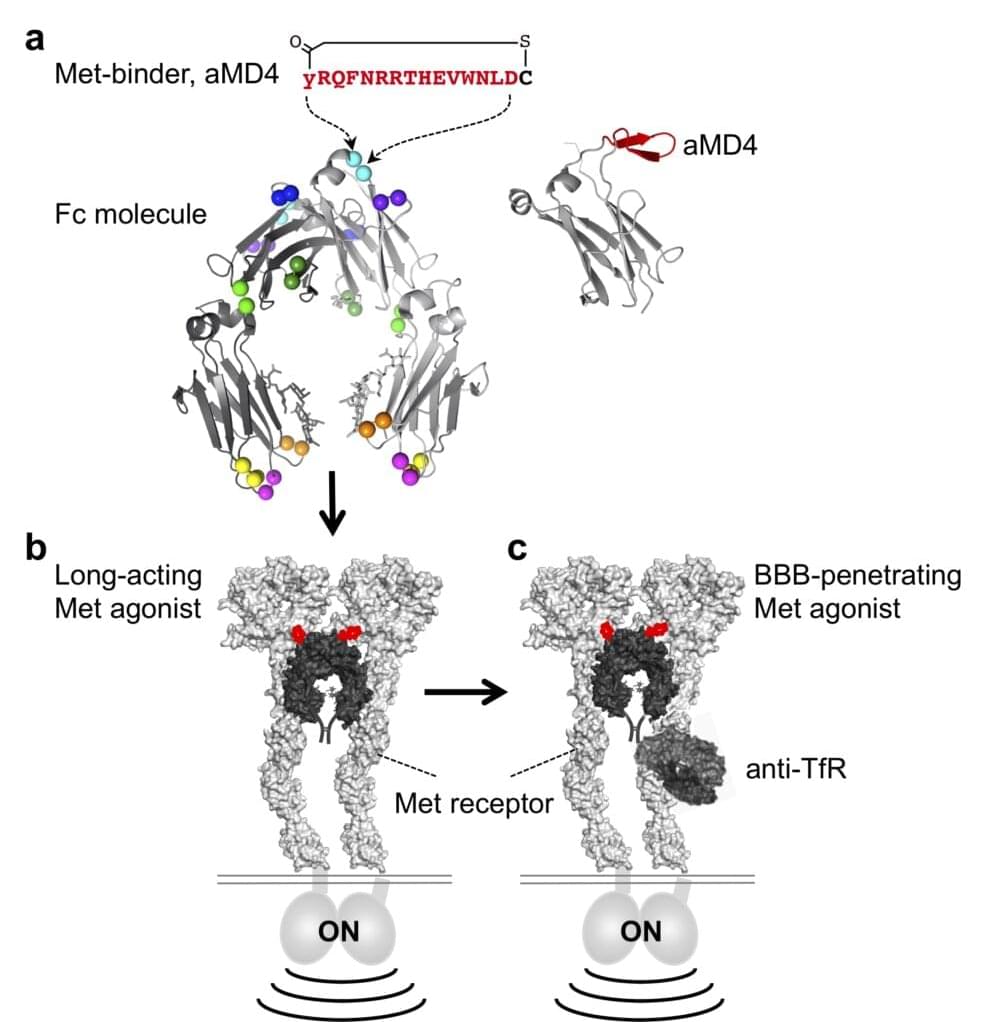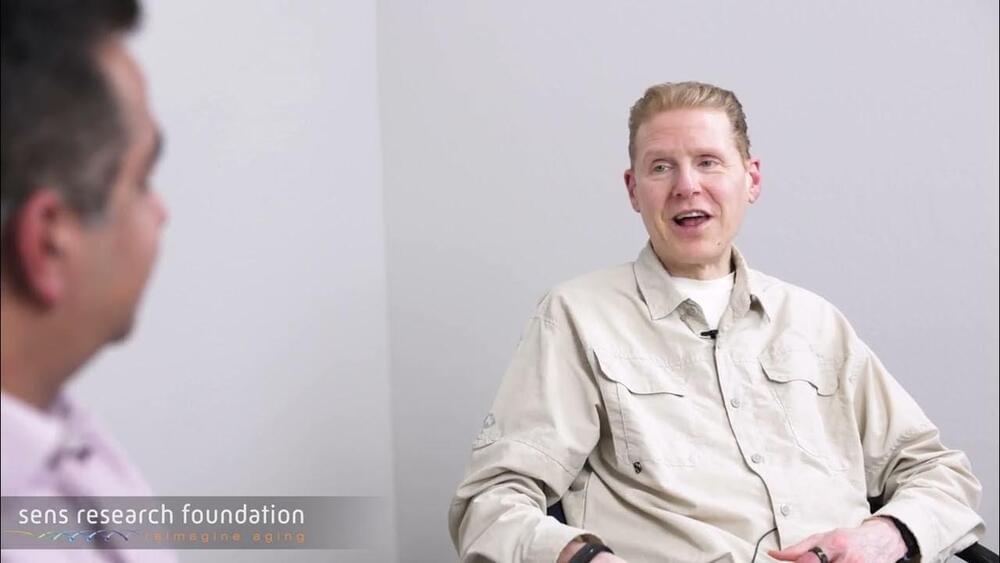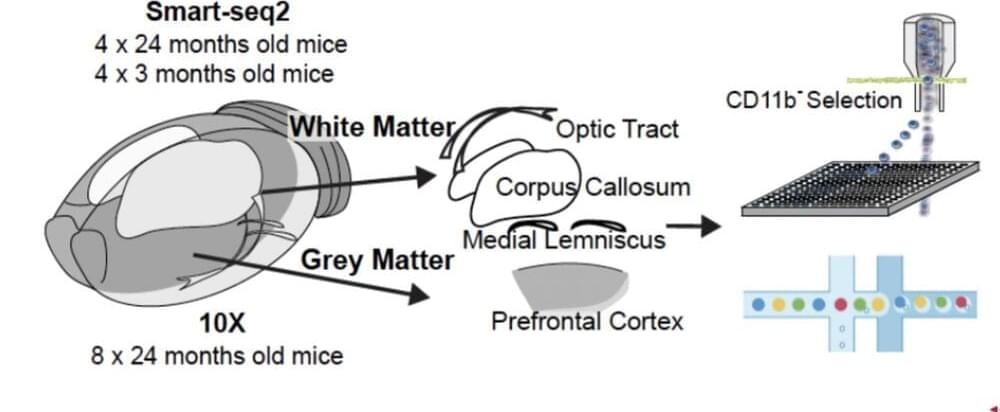Nov 12, 2022
Genetics May Explain Link Between Unhealthy Teen Lifestyles and Accelerated Biological Aging
Posted by Kelvin Dafiaghor in categories: biological, genetics, life extension
Summary: The epigenetic clocks of those who indulged in unhealthy behaviors as teens were 1.7 to 3.3 years older than individuals who reported more healthy lifestyles as teens.
Source: eLife.
Biological aging results from damage to cells and tissues in the body that accumulates over time. The results of the study could lead to new ways of identifying young people at risk of developing unhealthy habits that are associated with accelerated biological aging and suggest interventions to prevent poor health outcomes later on.

